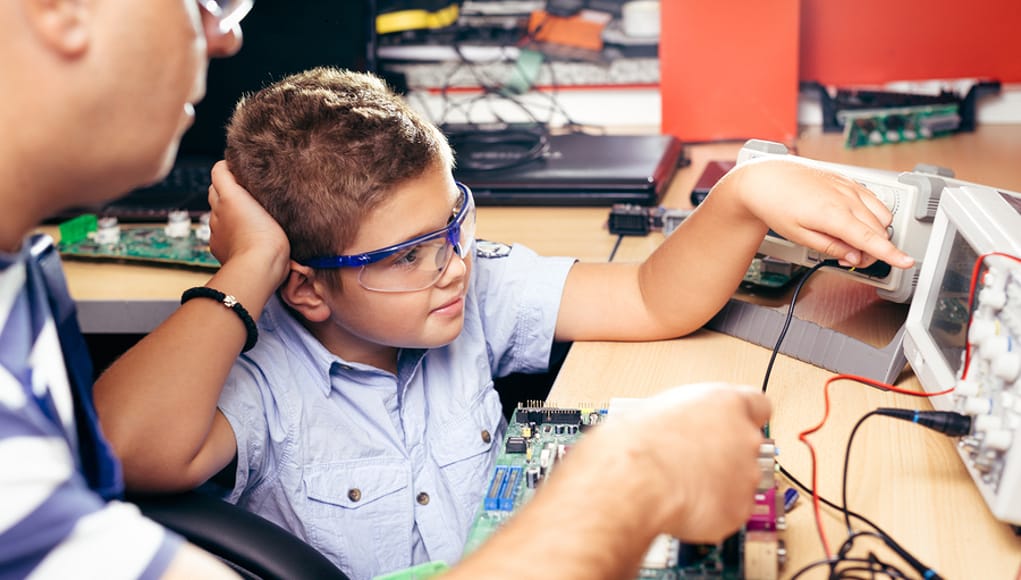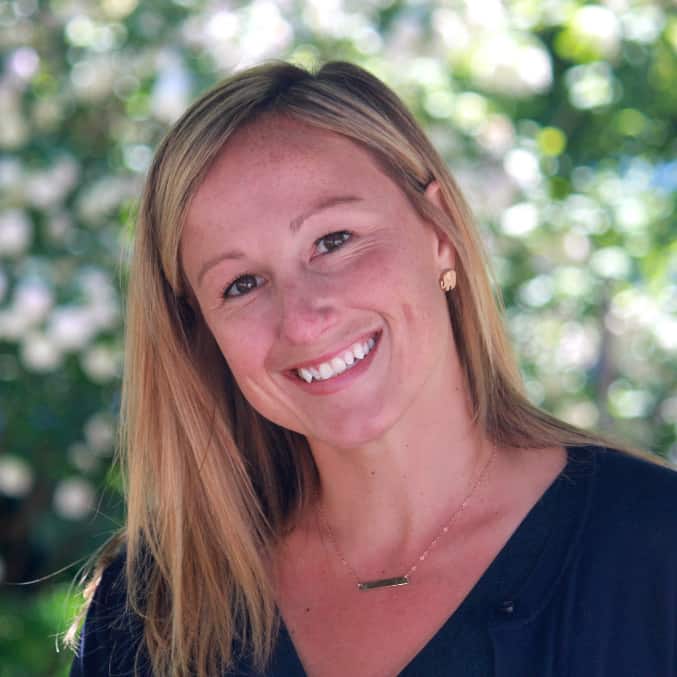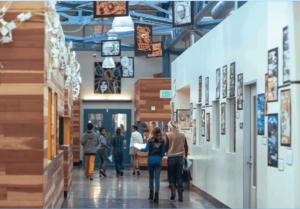Defining High-Quality Project-Based Learning

A growing number of educators around the world believe that project-based learning (PBL) is an important instructional approach that allows students to master academic skills and content knowledge, develop skills necessary for future success, and build the personal agency needed to tackle life’s and the world’s challenges.
Many districts are either already using PBL or are on the verge of using this approach in classrooms. Educators can find a wealth of resources on how to plan for and get started with PBL, but until recently, there were far fewer resources on what the outcome of high-quality student experiences ought to look like. As we move toward more student-centered approaches, we needed a framework that is just that—centered on the students.
Therefore, a new Framework for High-Quality Project-Based Learning (HQPBL) was developed to help teachers better prepare young people to contribute in the innovation economy. The Framework was developed by more than 100 educators from around the world who already use PBL.
HQPBL Student Success Stories
Students who are already having high-quality PBL experiences highlight what is possible and how we can better improve our own instructional practices.
Albemarle County (VA) Public Schools (ACPS)
Most projects in ACPS are tied to the local area, a region of the country rich with history and culture, and invite students to explore their own community. From elementary students investigating attractions and writing to the Mayor to high school students considering what makes memorials important to society, there is no lack of authenticity and collaboration. Students work on projects tied to a real cause or community issue, and they also solicit community feedback, advice, and expertise to improve their public products. Throughout all of the HQPBL experiences in ACPS, there is real attention to helping students learn how to manage their work on their own, reflect on what they have learned, and keep track of their own progress.
Thrive (CA) Public Schools
At Thrive Public Schools in San Diego, California—a school network with a strong focus on HQPBL—projects are a necessary part of reaching the diverse population served by the school. About half of the district is eligible for free/reduced lunch, one in four are identified as exceptional learners, and nearly 30 percent of students speak a language other than English at home.
HQPBL experiences are igniting enthusiasm in students starting in kindergarten, where the youngest students are collaborating on intellectually challenging problems—and they’re seeing a real-world impact. As students advance, their experiences build with greater complexity; however, PBL is not the district’s only approach to learning. Thrive embraces a solution that melds PBL with blended-learning rotations and social-emotional learning. “Our belief is that without PBL, you won’t have kids inspired enough to get to and through college,” says Nicole Assisi, chief executive officer of Thrive Public Schools.
How to use the framework
Until now, there has not been a common guidepost and language for describing what high-quality PBL student experiences look like. The Framework includes six criteria that are meant to serve as a baseline for educators, organizations, parents, and students. Here are some tips from educators on how to use the Framework.
- Incorporating student voice. One of the best ways to understand if students are experiencing HQPBL is to ask them. Use the Framework as a way to interview students about their experiences in your classrooms.
Pro tip: Have students talk through each of the criteria and use one of their projects as an example in their explanations. - Professional Learning Communities (PLCs). We know many educators have used the Framework as a starting point for their PBL PLCs and unpack where they are in their own practices.
Pro tip: Unpack one of the six criteria at each meeting, decide how comfortable you are with your current practice, and articulate a goal for yourself. - Observations and professional development (PD). While the Framework is not designed to be a rubric or evaluative, you can use it to guide your observations of other PBL classrooms and work. It is great resource to advance your own learning and can be used in PD.
Pro tip: Ask colleagues you respect and admire to think about PBL student experiences with you and analyze student work to see if you can find evidence of the six criteria. - Conversations about quality. We are very comfortable talking about lesson plans and quantitative student data, but we spend less time talking about qualitative outcomes when it comes to students. It is time educators get back to thinking about quality and student-centered outcomes. Use the Framework to facilitate conversations about PBL experiences and their quality.
Pro tip: Generate question stems, such as: “Why is authenticity important to PBL?” or “What do public products look like in our PBL?”
Download the Framework here. For more, visit HQPBL and follow @hqpbl and #hqpbl on Twitter and Instagram.
For more, see:
- Introducing a Framework for High-Quality Project Based Learning
- Tools for Project-Based Learning: The Landscape Today
- 5 Things That Make Project-Based Learning Culturally Responsive
This post was originally published on eSchool News
Stay in-the-know with all things edtech and innovations in learning by signing up to receive the weekly Smart Update. This post includes mentions of a Getting Smart partner. For a full list of partners, affiliate organizations and all other disclosures, please see our Partner page.






0 Comments
Leave a Comment
Your email address will not be published. All fields are required.